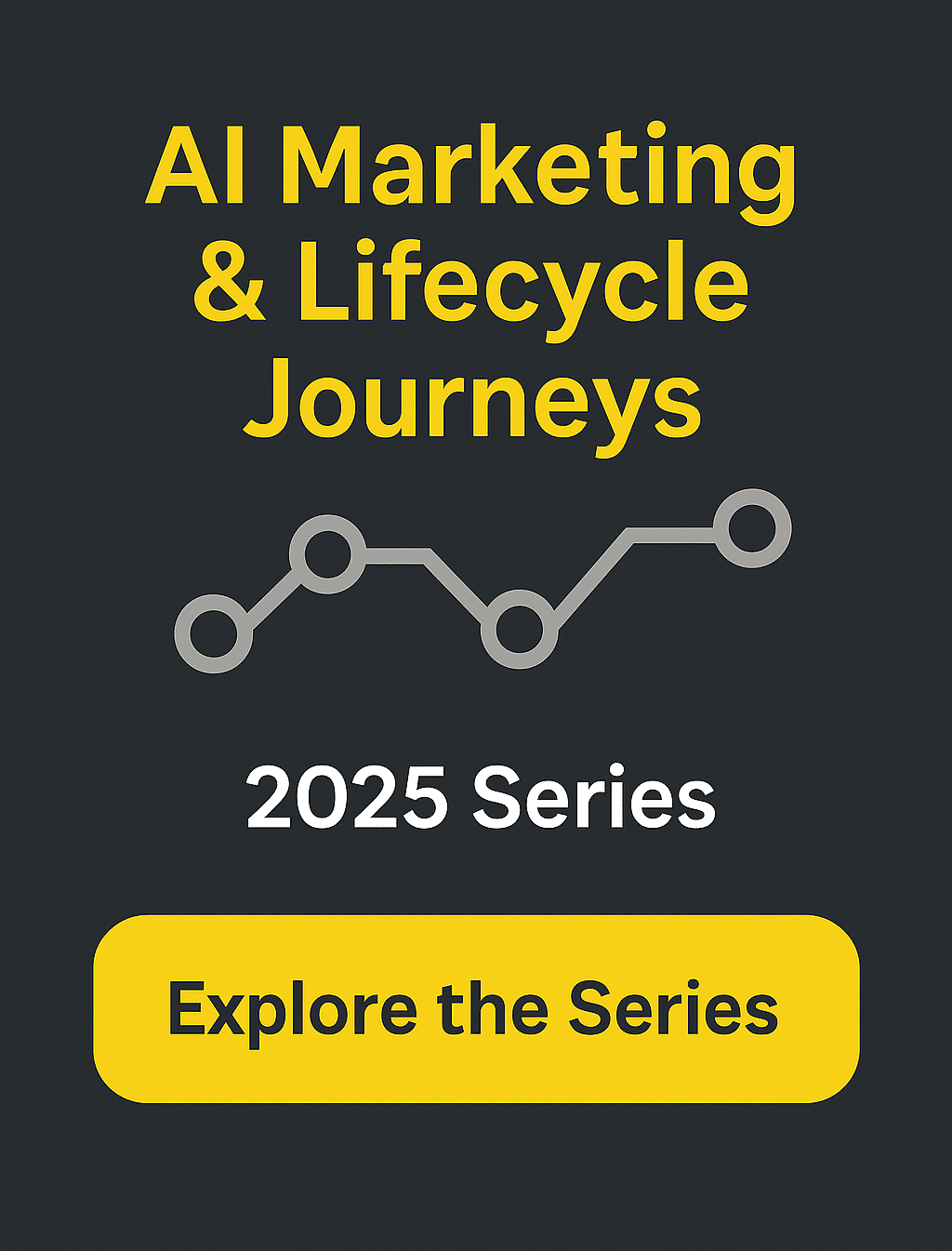Despite having access to 10x more customer data than marketers had a decade ago, most of us are still stuck sending one-size-fits-most email blasts that land with a thud. We’re supposed to be masters of getting the right message to the right person at the right time. Instead, we’re shouting into an increasingly crowded void.
So what’s going wrong?
That gap between past assumptions and present reality kills conversions.
The Problem with Traditional Segmentation
Most segmentation strategies were built for a world that no longer exists. We’re still slicing lists by basic demographics—age, gender, zip code—or crude engagement signals like “opened last email” and calling it personalization. But today’s customers move fast, and their behavior changes even faster.
The problem isn’t lack of data. The problem is that our segmentation methods can’t keep up.
Static segments go stale the moment you create them. They’re based on who someone was when they joined your list, not who they are right now. A “frequent buyer” from six months ago might be comparison shopping your competitors today. An “inactive subscriber” might be ready to purchase but you’re still sending them re-engagement emails.
That gap between past assumptions and present reality kills conversions.
Target the pattern, not the persona.
How AI Changes Everything
AI-powered segmentation isn’t about replacing human insight. It’s about amplifying it. Instead of guessing which customers are ready to buy, machine learning algorithms analyze thousands of behavior signals simultaneously: browsing patterns, email timing preferences, purchase history, even how long someone spends reading your content.
The result? Living segments that evolve with your customers in real-time.
Traditional segmentation gives you categories like “engaged users” or “lapsed customers.” AI segmentation identifies the customer who visited your pricing page three times this week, downloaded your FAQ, and just spent five minutes reading reviews. These are all signals they’re close to converting, even if they haven’t clicked your last three emails.
This isn’t segmentation. It’s behavioral prediction.
Real-World Examples
Ecommerce
Instead of broad segments like “frequent buyers,” AI can isolate customers who abandoned their cart, returned to check shipping costs, read your return policy, and browsed similar products, all within 48 hours. These aren’t “cart abandoners.” These are customers on the verge of purchasing who need one final nudge.
SaaS
Rather than generic categories like “trial users,” AI identifies prospects who’ve logged in daily, explored advanced features, but haven’t invited team members yet. They’re not just “engaged,” they’re expansion-ready but need social proof or implementation support.
Healthcare Apps
Traditional segments might group users as “patients” or “providers.” AI goes deeper, identifying patients who check mental health resources late at night (indicating active concerns) or providers who repeatedly access clinical guidelines (suggesting upcoming patient consultations). Each group needs completely different messaging.
This isn’t segmentation. It’s behavioral prediction.
What This Means for Your Strategy
If your segments are still built around signup form checkboxes from 2019, it’s time to evolve. Here’s where to start:
Treat Segmentation as a Living System
Stop locking customers into static buckets. Let segments shift based on real-time behavior, lifecycle changes, and engagement patterns. Someone can move from “prospect” to “ready-to-buy” to “needs-nurturing” within a single week.
Prioritize Intent Over Identity
Demographics matter less than behavior. A 22-year-old in Portland and a 45-year-old in Miami might have identical buying patterns. Target the pattern, not the persona.
Start with One AI Tool
You don’t need to overhaul everything at once. Platforms like Klaviyo, Mailchimp, or HubSpot now offer AI-powered segmentation features. Pick one behavioral pattern to track (like “browse-but-don’t-buy” or “feature-curious-but-inactive”) and build from there.
Focus on Micro-Moments
AI excels at catching fleeting signals humans miss: the customer who visits your careers page (retention risk), the user who checks your integrations list multiple times (implementation questions), or the subscriber who suddenly starts opening emails after months of silence (renewed interest).
The Bottom Line
If traditional segmentation still “sort of” works for you, that’s not enough anymore. Inboxes are overcrowded, attention spans are shrinking, and customers expect relevance, not generic broadcasts.
AI-powered segmentation offers something we’ve never had before: the ability to meet customers not just where they are, but when they’re ready. It’s not about replacing marketing instinct; it’s about making that instinct surgical.
In my next post, we’ll dive deeper into smart clustering techniques that go beyond basic segmentation to predict customer lifetime value and optimal send timing.
Are you ready to move from list slicing to behavioral prediction?




